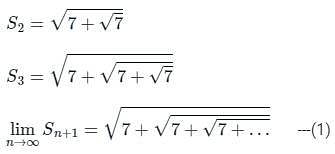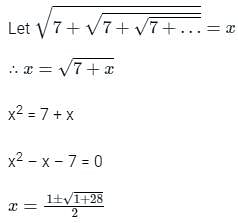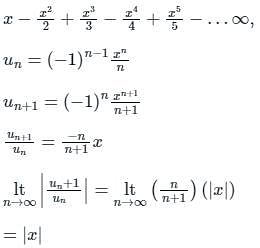Computer Science Engineering (CSE) Exam > Computer Science Engineering (CSE) Tests > Test: Combinatorics - Computer Science Engineering (CSE) MCQ
Test: Combinatorics - Computer Science Engineering (CSE) MCQ
Test Description
10 Questions MCQ Test - Test: Combinatorics
Test: Combinatorics for Computer Science Engineering (CSE) 2024 is part of Computer Science Engineering (CSE) preparation. The Test: Combinatorics questions and answers have been prepared
according to the Computer Science Engineering (CSE) exam syllabus.The Test: Combinatorics MCQs are made for Computer Science Engineering (CSE) 2024 Exam.
Find important definitions, questions, notes, meanings, examples, exercises, MCQs and online tests for Test: Combinatorics below.
Solutions of Test: Combinatorics questions in English are available as part of our course for Computer Science Engineering (CSE) & Test: Combinatorics solutions in
Hindi for Computer Science Engineering (CSE) course.
Download more important topics, notes, lectures and mock test series for Computer Science Engineering (CSE) Exam by signing up for free. Attempt Test: Combinatorics | 10 questions in 30 minutes | Mock test for Computer Science Engineering (CSE) preparation | Free important questions MCQ to study for Computer Science Engineering (CSE) Exam | Download free PDF with solutions
Test: Combinatorics - Question 1
______ is a machine that converts mechanical energy into electrical energy.
Detailed Solution for Test: Combinatorics - Question 1
Test: Combinatorics - Question 2
In an A.P. the m times of mth term is equal to n times the nth term, its (m + n)th term will be
Detailed Solution for Test: Combinatorics - Question 2
| 1 Crore+ students have signed up on EduRev. Have you? Download the App |
Test: Combinatorics - Question 3
If S1, S2,.... Sn are the sums of n infinite geometrical series whose first terms are 1, 2, 3, .... n and common ratios are  then (S1 + S2 + S3 + ... + Sn) = ?
then (S1 + S2 + S3 + ... + Sn) = ?
 then (S1 + S2 + S3 + ... + Sn) = ?
then (S1 + S2 + S3 + ... + Sn) = ?
Detailed Solution for Test: Combinatorics - Question 3
Detailed Solution for Test: Combinatorics - Question 4
Detailed Solution for Test: Combinatorics - Question 5
Detailed Solution for Test: Combinatorics - Question 6
Detailed Solution for Test: Combinatorics - Question 7
Test: Combinatorics - Question 8
What is the sum of the first 12 terms of an arithmetic progression if the first term is 5 and last term is 38?
Detailed Solution for Test: Combinatorics - Question 8
Detailed Solution for Test: Combinatorics - Question 9
Test: Combinatorics - Question 10
The value of x for which of the following series converges is

Detailed Solution for Test: Combinatorics - Question 10
Information about Test: Combinatorics Page
In this test you can find the Exam questions for Test: Combinatorics solved & explained in the simplest way possible.
Besides giving Questions and answers for Test: Combinatorics, EduRev gives you an ample number of Online tests for practice
Download as PDF




 when |r| < 1
when |r| < 1 where, l = last term of series
where, l = last term of series


 converges to
converges to



 diverges for:
diverges for:





















